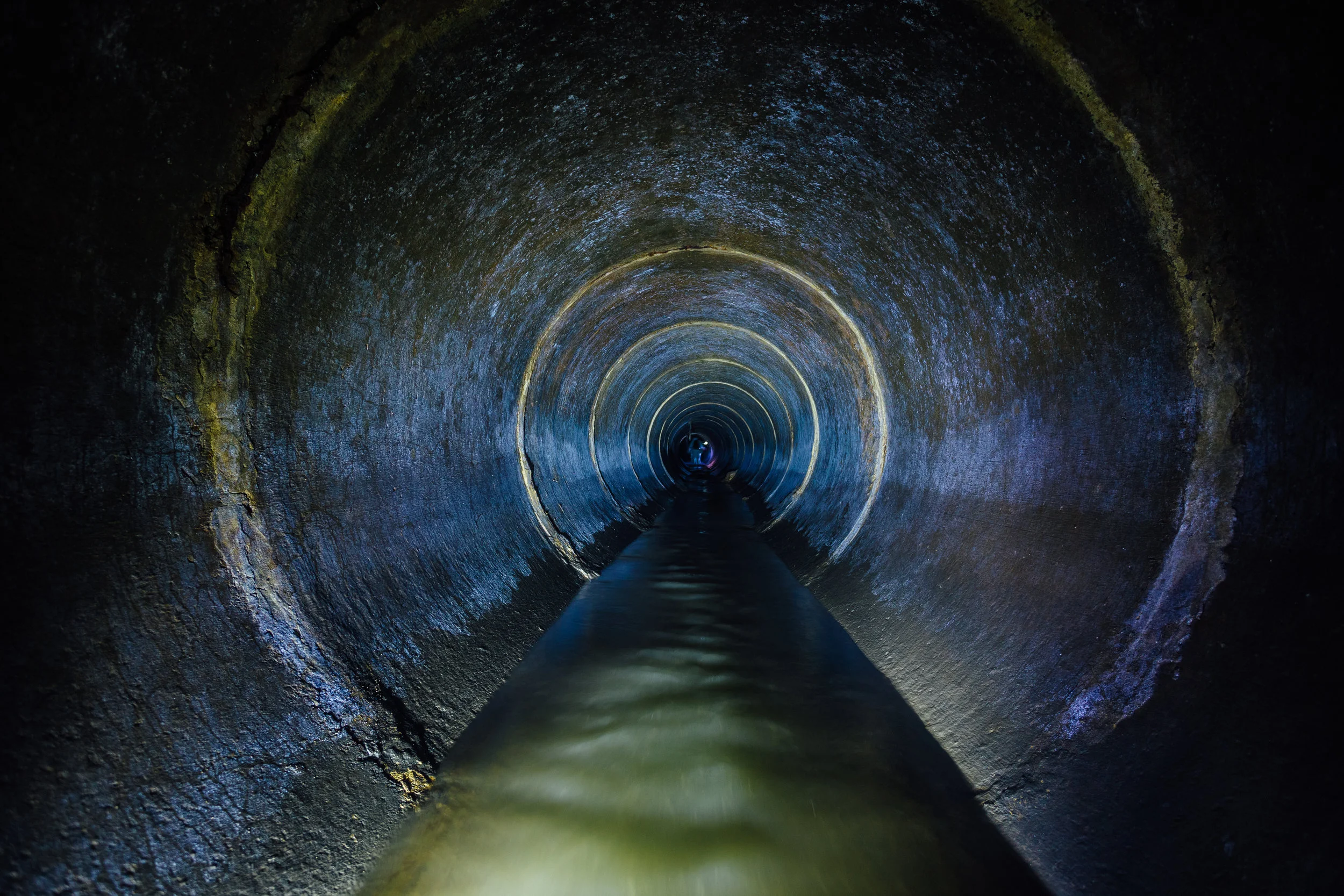Do you ever work in a confined space? There are many types of confined spaces – tanks, silos, pits, tunnels, pipes, boilers, sewer manholes, trenches, etc. No matter what the type, confined spaces have something in common. They have limited ways to get in and out, and the atmosphere within them could be dangerous.
A confined space has three characteristics: 1) It has limited openings for entry and exit, 2) it is large enough to permit a worker to enter, and 3) it is not designed for continuous worker occupancy. The characteristics of a confined space cause it to present unique hazards. Early miners knew some of the dangers of a confined space. Have you ever heard about the canary that died? Miners took a bird into the mine. When the bird died, the miners knew the atmosphere in the mine was getting dangerous. The death of the canary told miners it was time to leave. Today we have more sophisticated ways of testing the atmosphere in confined spaces, but the principle is the same. Check the atmosphere to make sure it is safe to work in before you enter a confined space.
Confined spaces present many dangers – some of which the miners of yesteryear never knew. Here are some common confined space hazards:
Lack of oxygen, presenting a suffocation hazard
Fire or explosion hazards from an accumulation of flammable vapors
Health hazards from toxic vapors
Difficulty exiting the space in the event of an emergency
Cramped spaces to work in, resulting in a danger of being caught in/on equipment
Poor visibility
High levels of noise
Temperature extremes
Regulatory agencies require workplaces to have a plan for working in confined spaces safely. If you work in a confined space, you should know your municipality’s procedures for safely entering the space and working in it. Confined spaces should be identified and classified, and safe entry procedures developed. Some confined spaces are called “permit-required confined spaces,” meaning a permit is required for entry into the confined space. In addition to the normal characteristics of a confined space, permit-required spaces present one or more of these hazards:
Has the potential to contain a hazardous atmosphere
Could contain material capable of engulfing someone entering the space
Has an internal configuration such that a person could be trapped or asphyxiated by inwardly converging walls or by a floor which slopes downward and tapers off to a smaller cross-section (i.e. grain elevator)
Contains any other recognized serious hazard
In general, these are the things you should be aware of before you enter a confined space:
Know how to enter it safely
Know how to exit quickly
Know that the atmosphere in the space is tested and found to be free of dangerous levels of toxic or flammable vapors, and that there is sufficient oxygen
Know that the atmosphere within the space is going to remain safe while you are working
Know the rescue plan in the event of an emergency, and make sure the proper rescue equipment is available and in good condition
Know that another person outside the confined space is keeping an eye on you as you work, and that they know the rescue plan also
Know what other procedures are necessary to follow to work safely, such as locking out energy sources
Another very important thing to remember is what to do if someone working in a confined space becomes ill or injured. In the event of such an emergency, you should never enter a confined space to rescue someone without the proper equipment, training, and atmospheric testing. Chances are, whatever caused the illness or injury will get you too! Many confined space accidents claim the lives of multiple victims because the initial ill or injured person is a friend and co-worker. People often react to the situation with poor judgment - they just see their friend is in need and jump in to help them without thinking about the danger to themselves. The next thing you know they succumb to the hazard.
It is possible to work safely in confined spaces, but it is a task that requires careful planning and preparation. Don’t be tempted to take shortcuts when it comes to confined spaces. Follow all safety precautions and don’t hesitate to speak up if you are unsure of the correct procedures. You play the most important role of all when it comes to working safely. By consistently following safe work procedures and not taking chances, you will be working safely for a long time to come.


